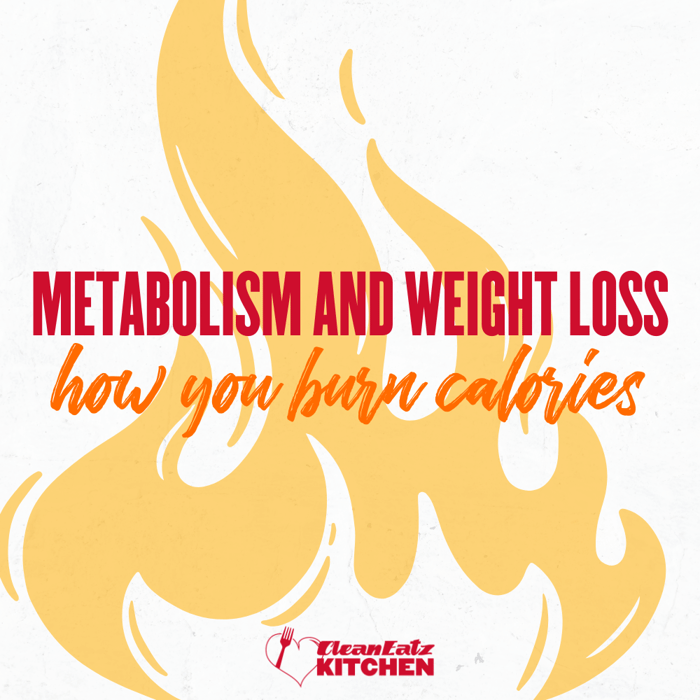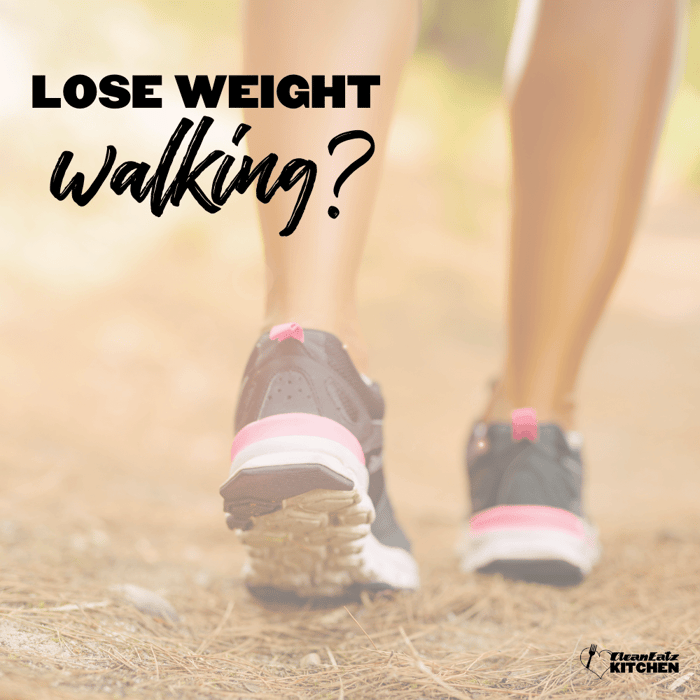How Many Calories Should I Burn a Day Exercising? (Calculator + Chart, 2025)
By Clean Eatz Kitchen Editorial •
What “calories burned per day” really means
When people search “how many calories should I burn a day exercising,” they’re usually mixing up three numbers:
- BMR (Basal Metabolic Rate) — energy your body uses at rest.
- TDEE (Total Daily Energy Expenditure) — BMR multiplied by your typical activity level; this is your daily maintenance target.
- Exercise calories — extra energy you burn in workouts (walking, running, lifting, etc.).
To lose fat, you want an overall calorie deficit relative to your TDEE. Exercise contributes part of that deficit; nutrition typically does the heavy lifting. That’s why the right question is, “What’s my personal daily burn target based on TDEE, and how much of it should come from exercise?”
How many calories should I burn a day to lose weight?
A practical range is a 300–500 kcal/day deficit for roughly 0.5–1 lb per week. For many people, that might look like a 200–300 kcal reduction from food plus 150–250 kcal from exercise on most days. You can rotate larger and smaller days across the week—what matters is the sustainable average.
Important: Avoid extreme cuts or “I must burn 1,000 kcal every day” mindsets. Recovery, performance, and adherence suffer when you go too hard for too long.
Daily calorie-burn calculator (TDEE)
This calculator estimates your BMR with the Mifflin-St Jeor equation and multiplies by an activity factor to get your TDEE (daily maintenance). Then it suggests a safe daily deficit. Use it to personalize your “calories to burn per day” target.
5'9", or inches (69 in). Enter weight in lb or kg.Calories burned by activity (30-minute estimates)
Actual calorie burn depends on your body weight, pace, and fitness level. Use these ranges as ballparks when planning your daily exercise calories.
| Activity (30 min) | ~125 lb | ~155 lb | ~185 lb |
|---|---|---|---|
| Walking, brisk (3.5 mph) | 120–150 | 140–175 | 170–210 |
| Walking, uphill | 200–260 | 250–320 | 300–380 |
| Running (~6 mph / 10-min mile) | 300–360 | 360–420 | 430–500 |
| Running (~7.5 mph / 8-min mile) | 375–470 | 450–560 | 525–650 |
| Cycling (12–13.9 mph) | 240–300 | 300–355 | 355–420 |
| Cycling (14–15.9 mph) | 300–370 | 360–445 | 430–520 |
| Rowing machine (moderate) | 210–255 | 260–315 | 315–375 |
| Lap swimming (moderate) | 180–240 | 216–300 | 260–360 |
| Strength training (circuit) | 135–200 | 180–260 | 220–320 |
| HIIT / bootcamp | 240–360 | 300–450 | 360–540 |
| Hiking (moderate) | 180–240 | 216–300 | 260–360 |
| Yoga / Pilates (flow) | 90–150 | 120–180 | 150–220 |
How to use the chart
- Pick an activity and body-weight column to estimate your exercise calories.
- Subtract that from your TDEE to see your daily deficit (or use the calculator’s suggestion).
- Aim for the weekly average, not perfection every day.
Using a fitness tracker or heart rate to estimate calories
Watches and apps estimate calories using heart rate, motion, and your profile. They’re useful for trends, but they’re not lab-grade. If your device routinely over- or under-reports, calibrate by tracking weight trend and energy intake for 2–3 weeks and nudge your targets up or down.
Rule of thumb: Zone 2 cardio (conversational pace) is great for building your base and contributes steady calories. Intervals/HIIT can push the burn higher, but recovery demands increase—balance them through the week.
How to plan weekly calorie burn (examples)
Let’s say your TDEE is 2,450 kcal/day. You aim for a 500 kcal/day average deficit (≈3,500 kcal/week). Here are two ways to split it:
- Diet: −300 kcal/day via portion control + higher-protein meals
- Exercise: −200 kcal/day average (e.g., 30 min brisk walk or 20–25 min spin)
- Weekly deficit ≈ 500 × 7 = 3,500 kcal
- Mon/Wed/Fri: −650 kcal (diet −350, exercise −300)
- Tue/Thu/Sat: −300 kcal (diet −300, rest or steps)
- Sun: maintenance or light deficit
Fuel smarter with ready-to-eat options that match your macros: Build a Meal Plan, High-Protein Meal Plan, Overnight Oats.
Common mistakes & myths
- Chasing a fixed daily burn target. Your ideal number depends on your TDEE, training, and schedule.
- Using incomplete equations. Use Mifflin-St Jeor with the sex-specific constant (+5 or −161) and metric inputs when possible.
- Ignoring recovery and steps. Non-exercise movement (steps, chores, standing) adds up and is easier to sustain.
- Believing you must “earn” every meal. Think weekly averages, not guilt-driven math.
FAQs
How many calories should I burn a day exercising?
Enough to help you reach a ~300–500 kcal/day overall deficit when combined with nutrition. For many, that’s 150–350 kcal from exercise on most days.
How many calories should I burn in a 30-minute workout?
Rough ranges: brisk walk ~120–210, running ~300–500, cycling ~240–420, lap swimming ~180–360. Intensity and body size change the number.
How many calories should I burn at the gym to lose a pound a week?
A pound is often planned as ~3,500 kcal. Many people aim for ~1,500–2,000 kcal/week from combined diet + exercise rather than exercise alone.
Is a 500-calorie workout every day necessary?
No. It’s one way to hit a weekly target, but mixing moderate daily movement with 2–3 harder sessions is often more realistic.
Do steps count toward calories burned per day?
Yes—non-exercise activity (NEAT) can rival formal workouts. Bumping from 5k to 8–10k steps adds meaningful burn without extra gym time.
People also ask
Is burning 1,000 calories a day safe?
Usually not as a daily requirement. Hitting ~1,000 kcal from exercise occasionally is fine for well-trained athletes, but most people do better aiming for a sustainable weekly average. Focus on a ~300–500 kcal/day overall deficit (diet + exercise) and use higher-burn days sparingly so recovery and adherence don’t tank.
How many calories do 10,000 steps burn?
It varies by size, pace, and terrain. For many adults, 10k steps can land roughly in the low-hundreds to mid-hundreds of calories. Treat steps as steady “background burn” that complements your workouts; bumping from ~5k to ~8–10k steps most days is a realistic way to increase daily expenditure.
Calories burned lifting vs. cardio—what’s better for fat loss?
Cardio typically burns more calories during the session, while strength training preserves/ builds muscle, which supports your daily burn and physique over time. Most successful plans blend both: 2–3 strength sessions per week plus regular cardio and plenty of steps.
What’s a good daily calorie burn goal for weight loss?
Pick a weekly deficit first (e.g., ~3,500 kcal/week for ~1 lb/week), then distribute it. Many people aim to burn ~150–350 kcal via exercise on most days and make the rest up with nutrition adjustments.
Why does my watch say I burned more than the treadmill?
Devices use different models (heart-rate vs. speed/grade). Treat any device as an estimate and calibrate against your 2–3 week weight trend and energy intake. If your results stall, tweak your targets slightly.




